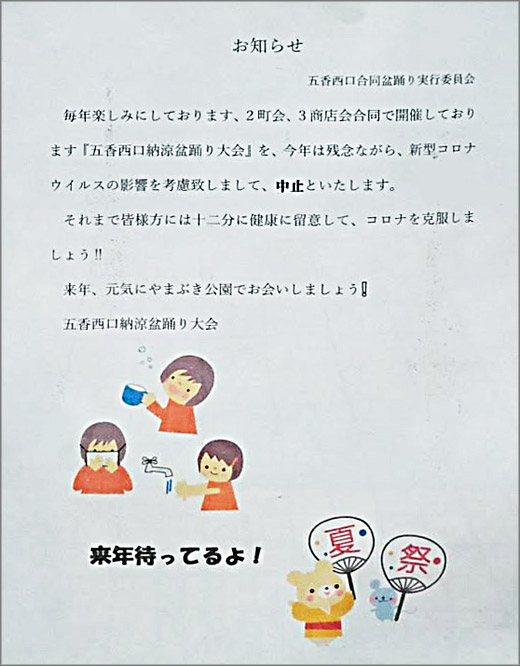When I began learning AIX, I relied heavily on the AIX system administration tool called SMIT (GUI) or SMITTY (menu based). One of the great things about SMIT is when you "point and clicked" to create a user account, configure NFS, etc., SMIT displays the actual Unix commands being executed on the bottom of the SMIT window. This is how I learned the basics of the Unix command line. Over time I was able to do all of my administration from the command line interface (CLI) and not have to rely on SMIT. Understanding what commands were actually being run opened the door for me to write scripts that automated routine tasks, tweaked system performance, etc. etc.
Fortunately, there is a similar feature in NetBackup 7.x.
In order to see the command line operations being run by the Java Admin GUI, perform the following actions:
1. On the system where you are running the Java Admin GUI (likely the master server) go to the java directory.
# cd /usr/openv/java
2. Edit the "Debug.properties" file.
# vi Debug.properties
3. Uncomment "printcmds=true" line.
printcmds=true
Uncommenting printcmds=true will log the command line operations being run to the java log file, /usr/openv/netbackup/logs/bpjava-susvc/log.MMDDYY.
4. Save your changes.
5. Use the tail -f command to view the log file in realtime.
# tail -f /usr/openv/netbackup/logs/bpjava-susvc/log.MMDDYY
As an example, below is the log output of me using the GUI to bring down the /dev/nst20 path on drive HP.ULTRIUM4-SCSI.002:
19:29:03.945 [13278] <2> command_EXEC: currentObj.UserName = ryan.mccain
19:29:05.415 [13278] <2> sanitary_mb_str: String ""/usr/openv/volmgr/bin/vmoprcmd" -h media2 -downbyname HP.ULTRIUM4-SCSI.002 -path /dev/nst20" is considered sanitary.
Next, I'll bring it back up:
19:29:56.635 [13278] <2> command_EXEC: currentObj.UserName = ryan.mccain
19:29:56.635 [13278] <2> sanitary_mb_str: String ""/usr/openv/volmgr/bin/vmoprcmd" -h media2 -upbyname HP.ULTRIUM4-SCSI.002 -path /dev/nst20" is considered sanitary.
Now that you know the command being run, you now have the option of using the command line to bring down and bring up drive paths.
The real beauty of knowing the commands is the ability to script routine tasks. Staying with this example, if you routinely have to bring down drive paths you can create a simple bash script to do it all for you rather than having to point and click over and over again in the Java Admin GUI.


















